100-Plus Rooms and 6 Wings, This is What WHO’s Traditional Medicine Centre in Jamnagar May Look Like
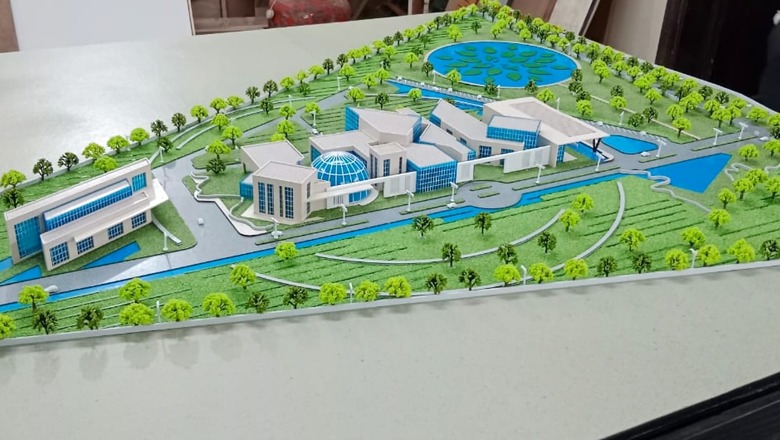
views
Indian officials and teams from the World Health Organization are busy giving final touches to the design for the first-of-its-kind WHO Global Centre for Traditional Medicine (GCTM) in Gujarat’s Jamnagar, complete with multiple research centres, data laboratories, tech laboratories, centres for learning cultures and training classrooms.
The project was officially launched this week by Prime Minister Narendra Modi and WHO Director-General Dr Tedros Ghebreyesus.
By 2024, the sprawling land, spread across 35 acres on the highway from Jamnagar towards popular Hindu pilgrimage site Dwarka, is planned to be converted into a multi-floor, hi-tech and world-class infrastructure facility.
“It is expected to have more than 100 rooms and multiple large auditoriums and conference halls,” said a government official involved in the discussions. “The research departments are likely to be divided on the basis of WHO’s regions that separates the traditional medicines country- or region-wise.”
Another official, also involved in the designing of the project, said: “The upcoming centre will have research centres, data labs, IT labs, centre for learning cultures and biodiversity, administration block and auditoriums apart from several other rooms for multiple purposes.”
The official added that “the team of business operations of WHO and its interim office in India, will finalise the design in the coming days.”
The facility will not only work for Ayurveda, Unani, Siddha or Sowa-Rigpa, but will also focus on traditional medicines and therapies used across the globe, such as in Africa, Arab, Islamic and Chinese healing practices.
How is the Design of the Building Being Visualised?
The building design, according to both sources, is visualised on the functionalities of the global centre which is divided into four areas — evidence and learning, data and analytics, sustainability and equity, and innovation and technology.
“The departments will be divided based on the objectives of the centre. For instance, a department for research synthesis and educational training programmes can fall under evidence and learning,” the second official quoted above explained.
Other departments include data and analytics which can help in administering and analysing surveys and other traditional medicine data. The department of innovation and technology will help in identifying and assessing innovations and updating IT applications among other functions.
“The department on sustainable development and equity will help in collating and exhibiting traditional medicine’s cultural and biodiversity heritages, and local resources and rights, as a contribution to the sustainable development goals (SDGs) and equity,” the official explained.
The floors or wings of the building can be divided into six zones based on the regions of WHO. AFRO region on African medicines, AMRO on American Medicines, EMRO on Eastern Mediterranean medicines, EURO on European Medicines, SEARO on South East Asian medicines and WPRO on Western Pacific Region medicines.
The first official quoted above explained further: “Cultures such as Osteopathy or Chiropractic will fall under AMRO, Arabic and Islamic medicines will fall under EMRO, naturopathy and homeopathy will fall under EURO, Chinese medicines, acupuncture and Tuina will fall under WPRO, whereas India’s Ayurveda, Yoga and Unani will fall under SEARO.
“Further, all of these zones will be divided into multiple departments,” he said.
As the lead investor in WHO’s GCTM, India has committed an estimated $250 million to support the centre’s establishment, infrastructure, and operations.
“This includes 35 acres of land in Jamnagar, Gujarat, India, for a new building and premises in 2024, an interim office, and support for the GCTM operational costs with a 10-year commitment,” according to a WHO press statement.
Read all the Latest India News here











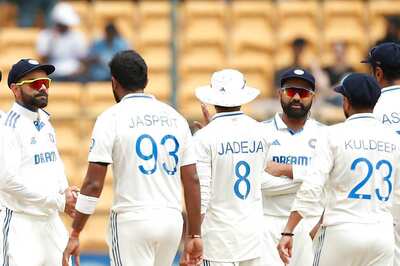


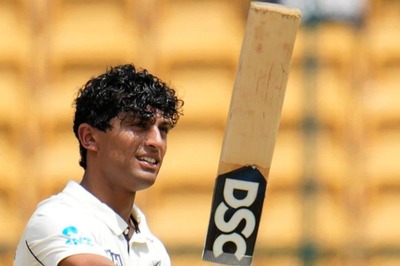
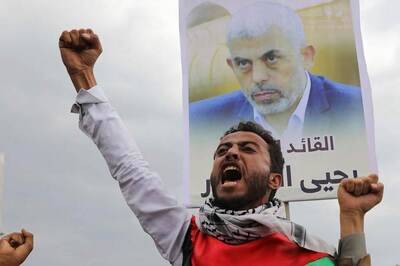
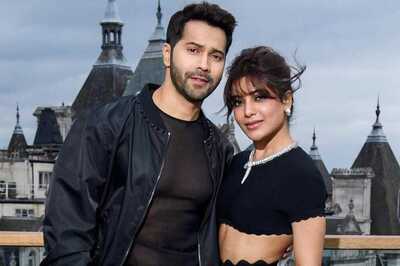

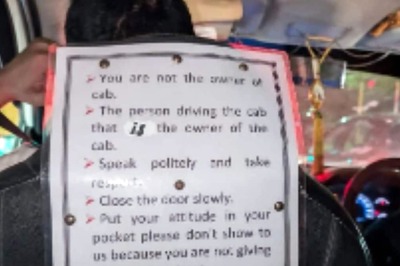
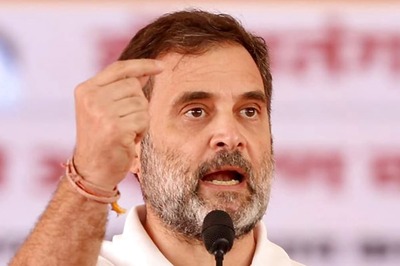
Comments
0 comment